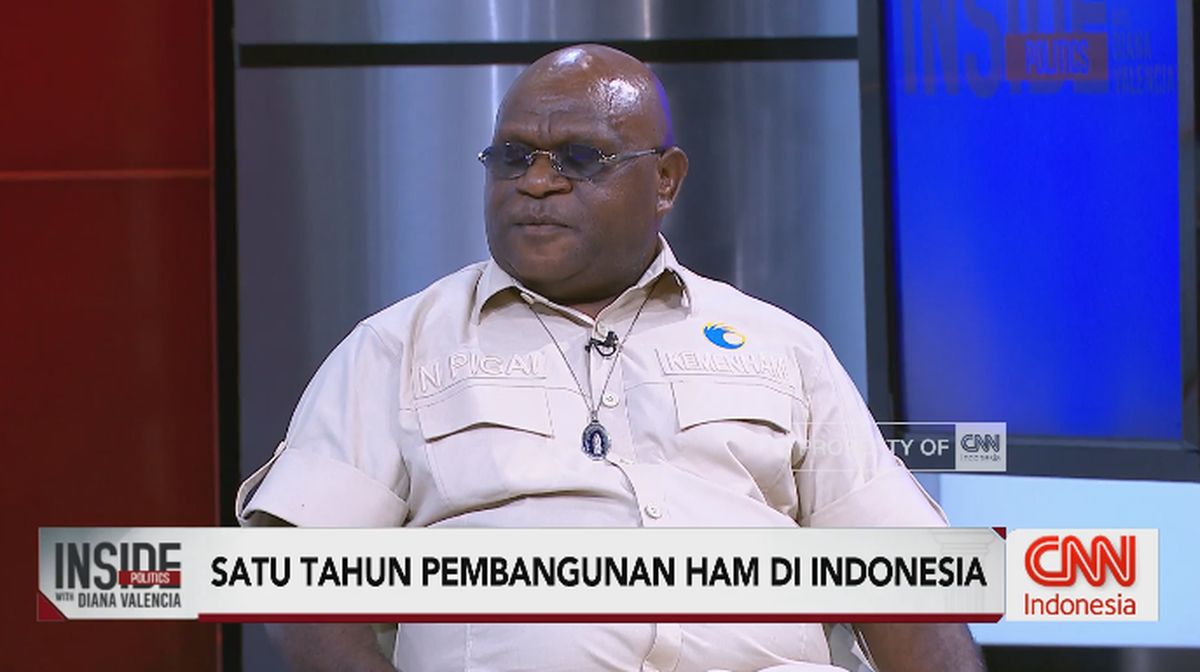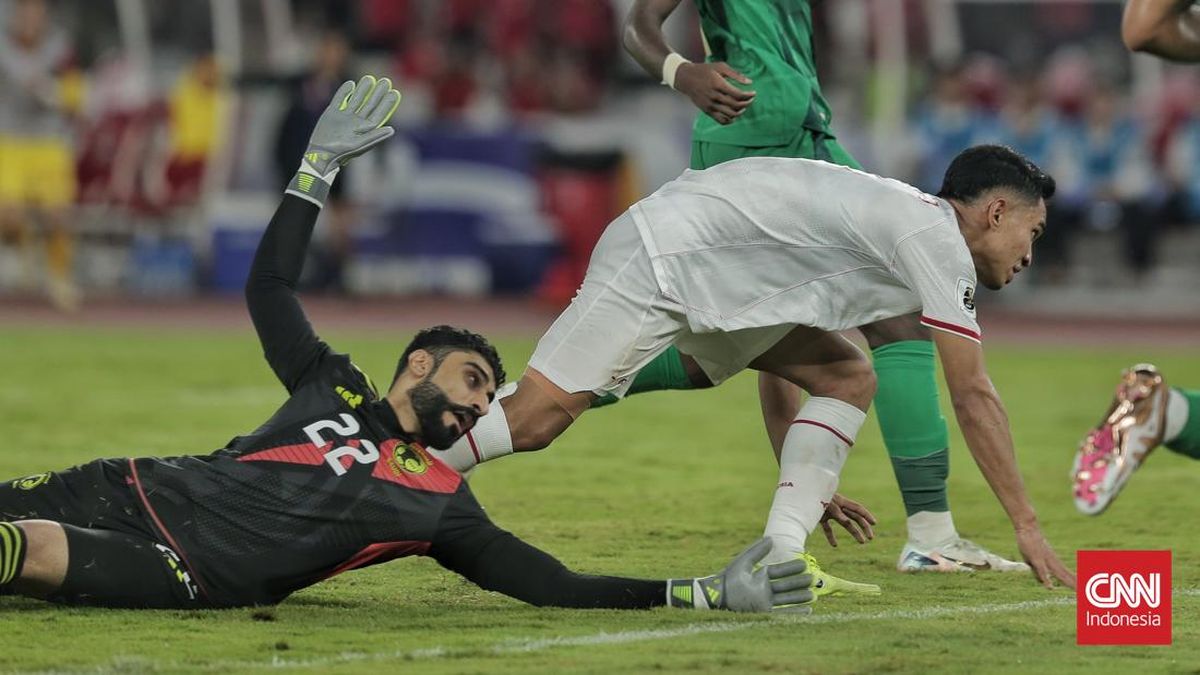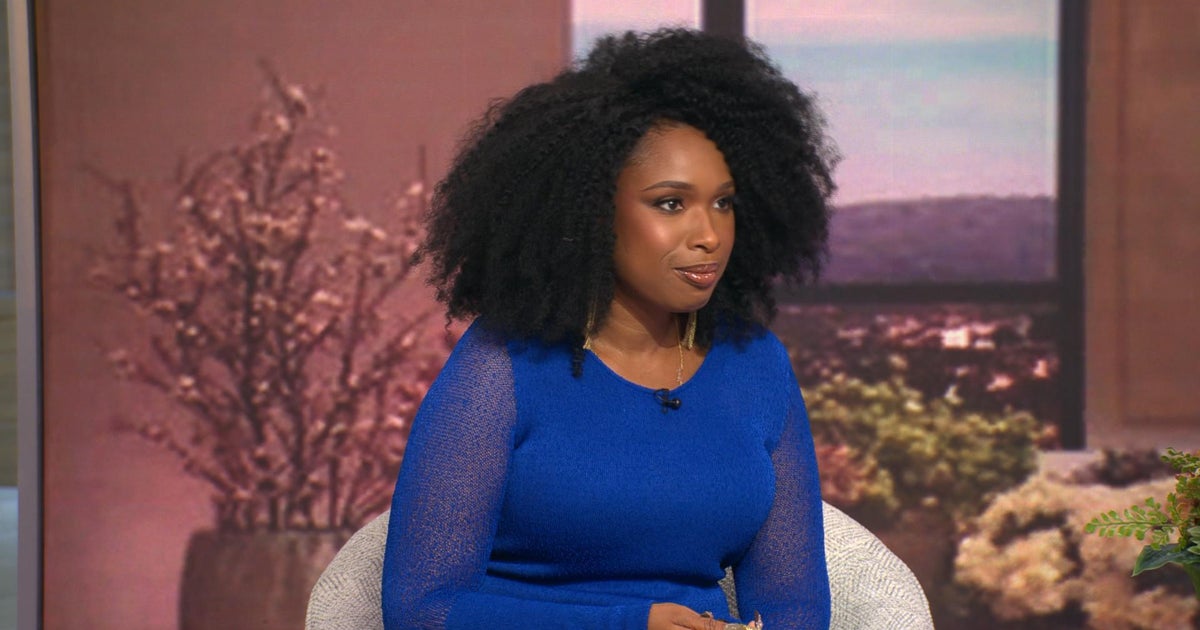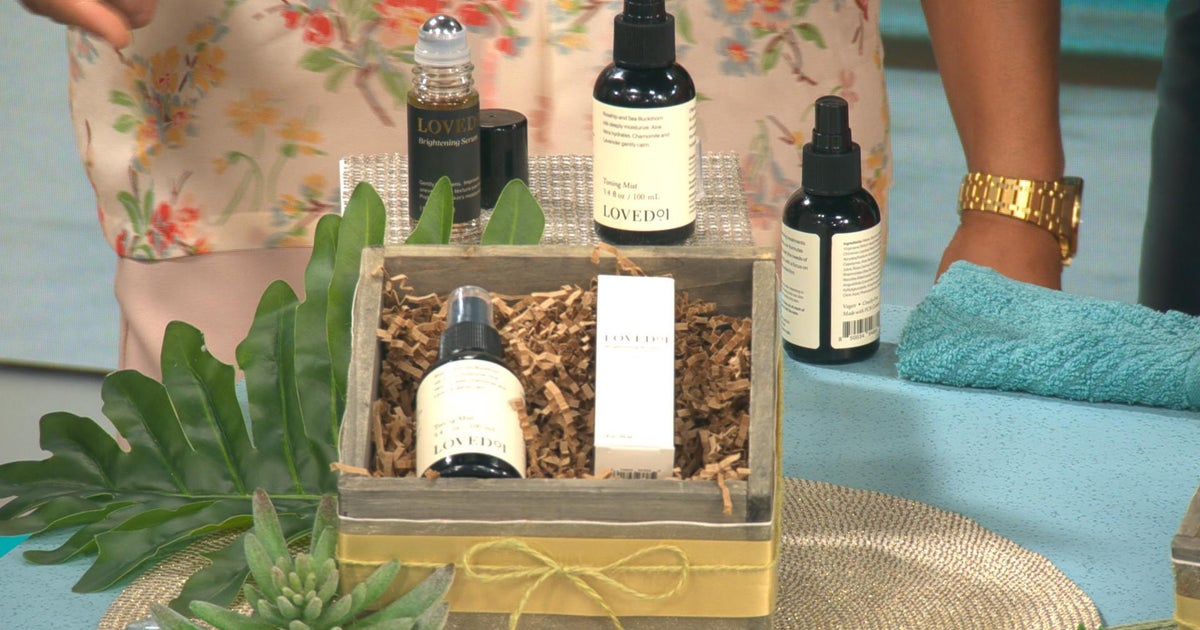As you climb out of bed, take a walk, hit the gym, know you’re carrying 432 people. Men, mostly, with 424 blokes lending their names to some 700 pieces inside your body. And if you figured females grab the remaining action then you’re overlooking five gods, a Greek warrior, Adam’s apple and Elvis Presley.
Yep, the King has dibs on your levator labii superioris alaeque nasi muscle, the upper-lip lifter creating the crooner’s signature snarl, nicknamed the Elvis muscle. Typically kinked to the left, as that’s our face’s more expressive side.

Elvis has dibs on your levator labii superioris alaeque nasi muscle.Credit: Michael Ochs Archives
Selfies support this. In 2017 a La Trobe team led by psychologist Dr Annukka Lindell found how most influencers favour a sinister bias when taking a snap, gaining 10 per cent more Likes. The Mona Lisa simpers to the left, just as new mothers often cradle their babies against their left shoulder, the better for junior to hear the embryonic heartbeat, plus see mum’s more animated features.
Instinctively we own an inbuilt bias, but that’s nothing compared to our body’s blokey bias. From the Achilles tendon to the zonule of Zinn (a fibrous ring in the eye), dead chaps dominate. Indeed, the only women to gatecrash this stag party are Iris the rainbow goddess and Raissa Nitabuch, the Russian pathologist ascribing her name to the placenta’s Nitabuch membrane.
Beyond that, no other females. Writing for the BBC, Melbourne GP and writer Leah Kaminsky says: “The truth is, men are all over women’s bodies – dead, white male anatomists. Their names live on eponymously, immortalised like audacious explorers for conquering the geography of the female pelvis as if it were terra nullius.”
Indeed, the female pelvis is a boys’ jamboree, the so-called pudendum (Latin for shame) bearing more men than Malcolm Fraser’s cabinet. From Gabriele Falloppio to Ernst Grafenberg – who allegedly found the G-spot – the fraternity is rife. Danish anatomist Caspar Bartholin the Younger has a mortgage on Bartholin’s gland, attached to the labia, just as the pouch of Douglas, a cavity behind the uterus, enshrines a Scottish obstetrician. Greek zoologist Georgios Papanikolaou, meanwhile, bestowed his syllable onto the modern pap test, a means of seeing if those eponymous boys are behaving.
Loading
Not that I’m discrediting these pioneers but did they have to scribble their names on the walls? Wiser to call things what they are, where the Douglas pouch becomes the rectourine sac, as Bartholin could concede his title to the greater vestibular gland. Away from the doodle-fest, the male skew of naming can get equally messy.
Hysteria, say, is tied to its Greek root of womb. The falsehood persists in hysterectomy, which Theresa Larkin, associate professor of medical sciences at the University of Wollongong, argues we should ditch for the clear and neutral alternative of uterectomy (removal of uterus). “Language in medicine impacts patient care and health. It needs to be accurate, clear, free from bias or discrimination, and not disempower a person.”
Adam Taor, in his brisk Bodypedia (Princeton, 2025), reckoned: “Only a man could have named the vagina after the Latin for scabbard” – as if the organ is incomplete without a male to consummate the metaphor. Or as Leah Kaminsky observed: “When the body becomes a battlefield, it risks turning into a site where people vie for control.” Maybe before our next medical check we should take time to name-check our anatomy.
Get tips, tricks and word games from our crosswords guru, plus links to our online puzzles and quizzes, delivered to your inbox every Saturday. Sign up for our Puzzled with David Astle newsletter.


















































